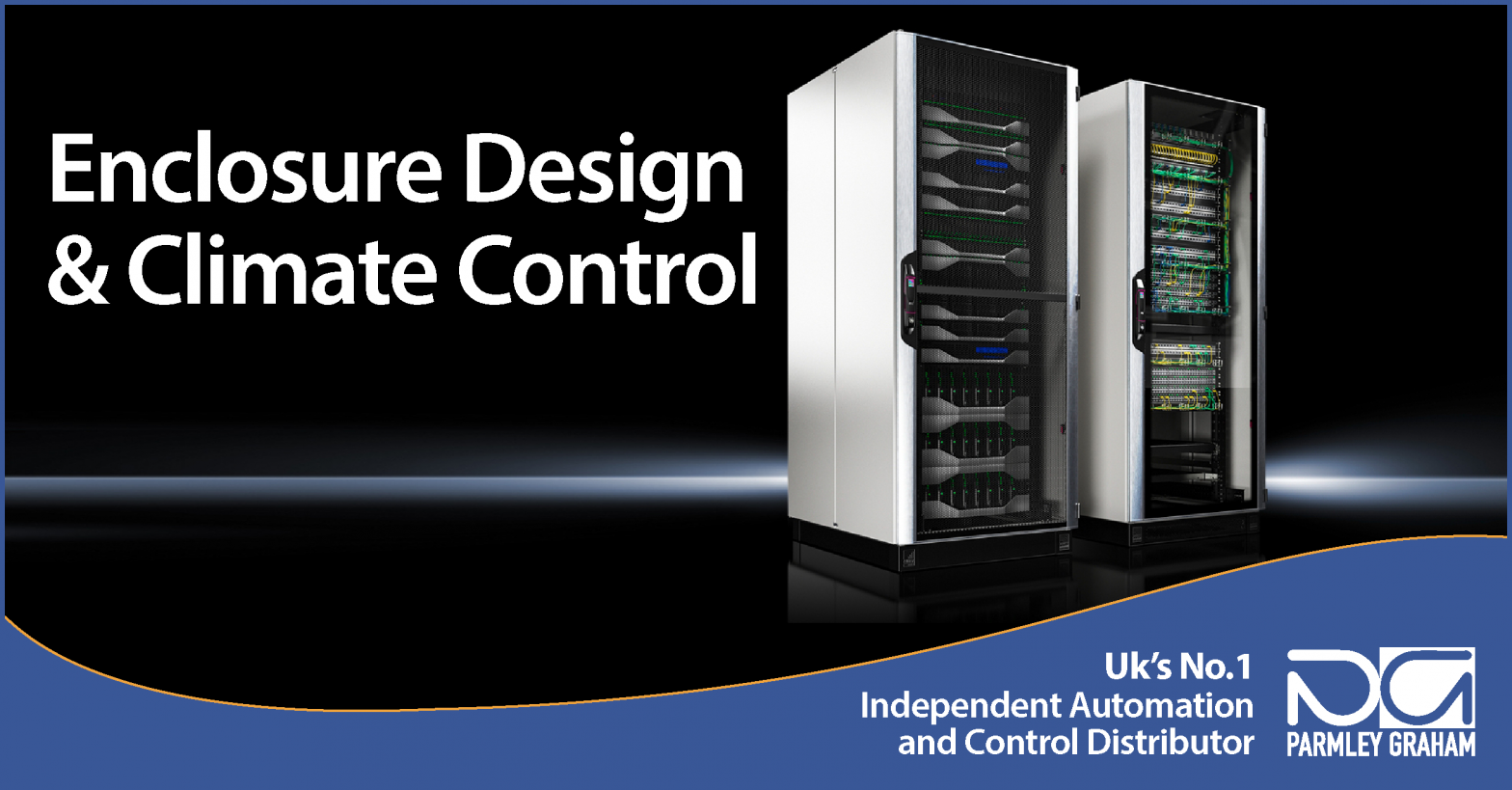Apply smart climate control principles to reduce energy usage and help ensure long service life of your equipment
Why Enclosure Climate Control is More Important than Ever
Electrical systems are becoming increasingly compact and the number of circuits per unit volume is growing, leading to higher heat generation per unit volume. The rule of thumb for semiconductors states that increasing the component temperature by 10 K in relation to the maximum permissible component temperature reduces the part’s service life by 50%. A constant temperature is therefore the best prerequisite for a long service life and high reliability of all the electronic components. Particularly in the case of a completely populated enclosure, it is important that enough cool air flows past the components. There are several ways of achieving this as efficiently and responsibly as possible, but the right choice depends on several factors.
Industrial Climate Control Considerations
When designing the enclosure, it is important to think carefully in advance about where it will stand. It seems logical to avoid places where it would get particularly hot, but that is not always possible in practice. You must also take into consideration any needs for future expansion where additional space would be required. Is there enough space to comfortably accommodate the additional control system? Nevertheless, the most important issue remains: Is the temperature level within the permissible operating range of the installed components or does the enclosure need climate control?
Climate Control Options
Once it has been determined that climate control is needed, there are several options, including:
- Natural convection
- Fan-and-filter units
- Air/air heat exchangers
- Air/water heat exchangers
- Cooling units
- Heating units
Which solution is best for your application depends on the effective, heat loss-dissipating enclosure surface area. The heat output of an enclosure not only depends on the actual area itself but also on the way in which the enclosure is constructed. An enclosure that is free-standing on all sides can radiate or absorb more heat than an enclosure standing next to a wall or in a niche. For this reason, there are calculation formulas that make it possible to calculate the effective enclosure area, depending on the type of installation.
Enclosure Solutions from our Partner
Visit our e-commerce shop for Enclosure & Climate Control solutions from Rittal:

